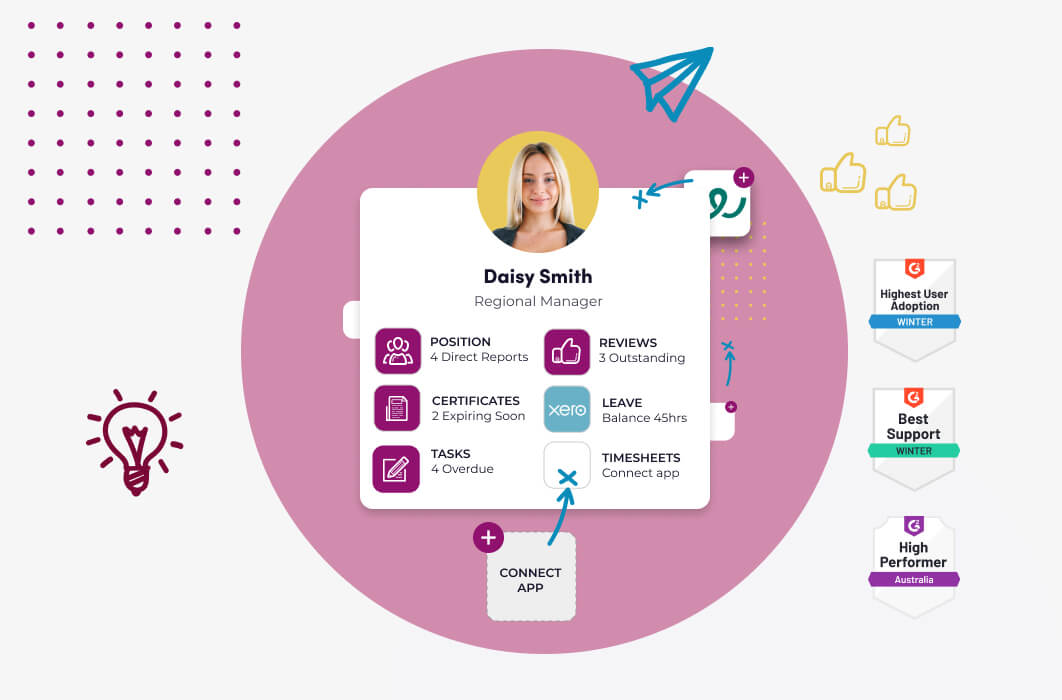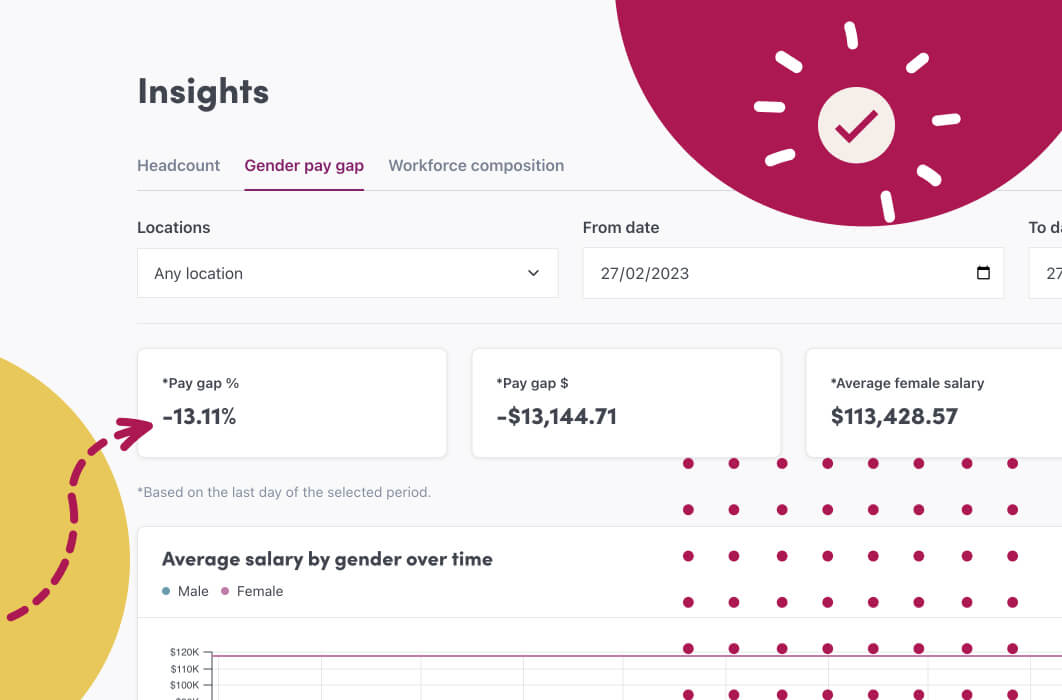Your new hires probably already have a solid impression of your company. After all, they chose to apply for the job and sign the contract. But that impression can quickly change if their idea of the role or company does not match up with reality. Without a doubt, the biggest opportunity to shape new hire impressions is during employee onboarding. Here’s why the first day and week in a new role can make or break a new hire’s first impression, and why investing in first impressions is good for business.
HR professionals live and breathe the company culture, people and policies and procedures. On the other hand, new hires are mostly a blank slate. They come to the role with assumptions and impressions formed well before Day One. Although these assumptions may or may not be accurate, they still influence their expectations of the experience, their role, and the company culture.
New hire onboarding process is pivotal to first impressions
This is why employee onboarding is a pivotal opportunity to set clear expectations that resonate well beyond the first week of the job. A streamlined and consistent onboarding process will help solidify those favourable first impressions and set new employees up for success.
A good new hire onboarding flow has several key objectives, most importantly: set expectations, define the role, and introduce important processes. It should also introduce and begin integrating new hires into the company culture. This helps build constructive team relations and trust between new and established employees. But it shouldn’t stop there. The most successful onboarding process grows with the employee, establishing ongoing rapport and setting benchmarks for success.
Create an instagrammable first day with Worknice onboarding software
Streamline the new hire onboarding process and set your new starters up for success right from the very beginning with delightful HR software. Ensure compliance, delegate tasks, and instigate connections all in the one place.
Explore nowA company’s specific approach to employee onboarding can really make or break an employee’s first day or week on the job. So what are the Do’s and Don’ts of this critical period of time? Regardless of company or industry, onboarding should cover the mission, values, and culture, and introduce leadership. Ideally, it should incorporate team activities like a lunch outing. This helps new hires integrate more seamlessly and start seeing themselves as part of the team from Day One.
As for the don’ts? Don’t treat employee onboarding like an orientation or a to-do list. Remember that the purpose of onboarding is to help employees gain their footing and learn to use the resources at their disposal. And definitely don’t waste your biggest chance to make a strong first impression on your new recruits.
Importance of setting first impressions
There are several motivators for giving your new hires a good first impression. Knowing that a new hire is already predisposed to having a positive impression, it’s up to the HR Team to nurture that. Here’s how this approach to employee onboarding benefits both the employee and the company.
Consistent experience
Consistency is key. As the HR Team, you have a lot of say in shaping the new hire experience. Will they feel supported or completely lost? Will they feel alone or like part of a community? Starting a new job can be both exciting and intimidating. Consistent and constructive HR support can help new hires integrate and reach independence sooner.
Positive experience
After their first day and week, your employees should ideally say that they received useful information and clear instructions and expectations. A good way to gauge and improve this process is by collecting anonymous employee surveys. When HR is committed to a continuous process of learning and meeting employee expectations, employees are more invested, leading to better retention.
Clear understanding of expectation
Setting a good first impression during new hire onboarding also means relaying the day-to-day responsibilities of the job role. This ensures new hires are introduced to your organisation’s specific processes well ahead of time, minimising confusion on the job. This is also a good time to communicate and set up performance milestones whenever applicable.
When it comes to meeting expectations, don’t let your new hires go it alone. A people-focused culture thrives on supportive professional relationships. Employee onboarding offers a perfect opportunity to pair new hires with a seasoned mentor or implement a buddy system. In addition to making employees feel supported, these arrangements have the added benefit of helping build trust.
Employee engagement form the off
A memorable first impression can also help employees stay engaged. It’s a great time to coordinate one-one-one intro meetings between employees who will be working closely. This helps put faces to names and creates familiarity from the get-go. Creating check-ins corresponding to work milestones such as 30, 60, or 90 days is another way to ensure employees have a way to mark their accomplishments and voice any concerns.
Instigating connections
Building strong relationships and trust is a crucial part of employee onboarding. Encouraging open communication and dialogue improves relationships and problem-solving. This is even more important if employees frequently work across teams, or if teams are international or cross-cultural. Building a foundation of trust starts on day one. When employees are comfortable with one another, problems and issues get articulated and resolved more quickly and with fewer headaches.
When it comes to first impressions, there are no second chances. That’s why a streamlined and responsive employee onboarding process should be a key element of your HR toolkit.



